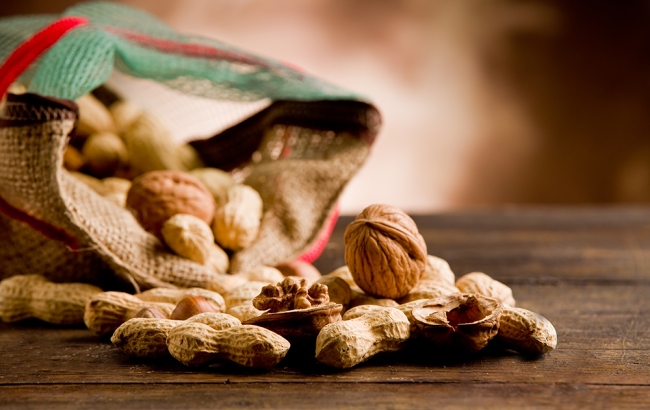If you’re diabetic, it seems your list of food options grows shorter and shorter every day. Limit carbohydrates. Limit fats. Limit protein. What’s left to eat?
Proper nutrition is vital to stabilizing diabetes. But in this world of fast foods and super-sized sugary sodas, it seems almost impossible to make healthy choices. Let alone enjoy them. The best advice is to eat low-glycemic foods and try avoiding high-glycemic foods. High and low what? Sounds confusing – it’s actually not.
So then what are low- and high-glycemic foods? The word glycemic comes from the word glucose – sugar – and basically means to cause sugar to be in the blood. Simple enough. Low-glycemic foods cause blood sugar to rise slightly and only for a short time. High-glycemic foods not only cause dramatic blood sugar spikes, but the glucose stays in the blood stream much longer. Double whammy.
Contrary to popular belief, it’s not just candy bars and sodas that are high-glycemic foods. Shockingly, wholesome fruits and vegetables can also cause rapid rises of blood sugar.
Here are 5 helpful reminders to keep your blood sugar in check. Now you can still dig in to some of your favorite foods, while lessening the complications of diabetes.
- Protein-rich Foods – beans, fish or skinless chicken. A serving size should be about 4 ounces. If that’s hard to visualize, imagine a portion the size of your palm or a deck of cards.
- Whole Grains – brown rice, steel-cut oats or natural granola. A serving of these grains should be around half a cup or approximately the size of a tennis ball.
- Fruits and Vegetables – non-starchy vegetables like cabbage, cauliflower and radishes and fiber-rich fruit like apples, pears and berries. Make your plate as colorful as possible and enjoy generous portions of these.
- Healthful Fats – almonds, walnuts and avocados. These unsaturated fats are not only tasty, but also good for your heart.
- Meals – It’s not only what you eat that can affect your blood sugar level. It’s also how often and the size of your meals. Make sure you start out with breakfast and enjoy 2 meals and 2 snacks per day. Eat slowly and stop when you feel full.
Being mindful of the natural-occurring and added sugars in your food not only keeps your blood sugar at its proper level, it also decreases the impact diabetes has on your wellness.
Related Article

Join the Discussion
0 Comments